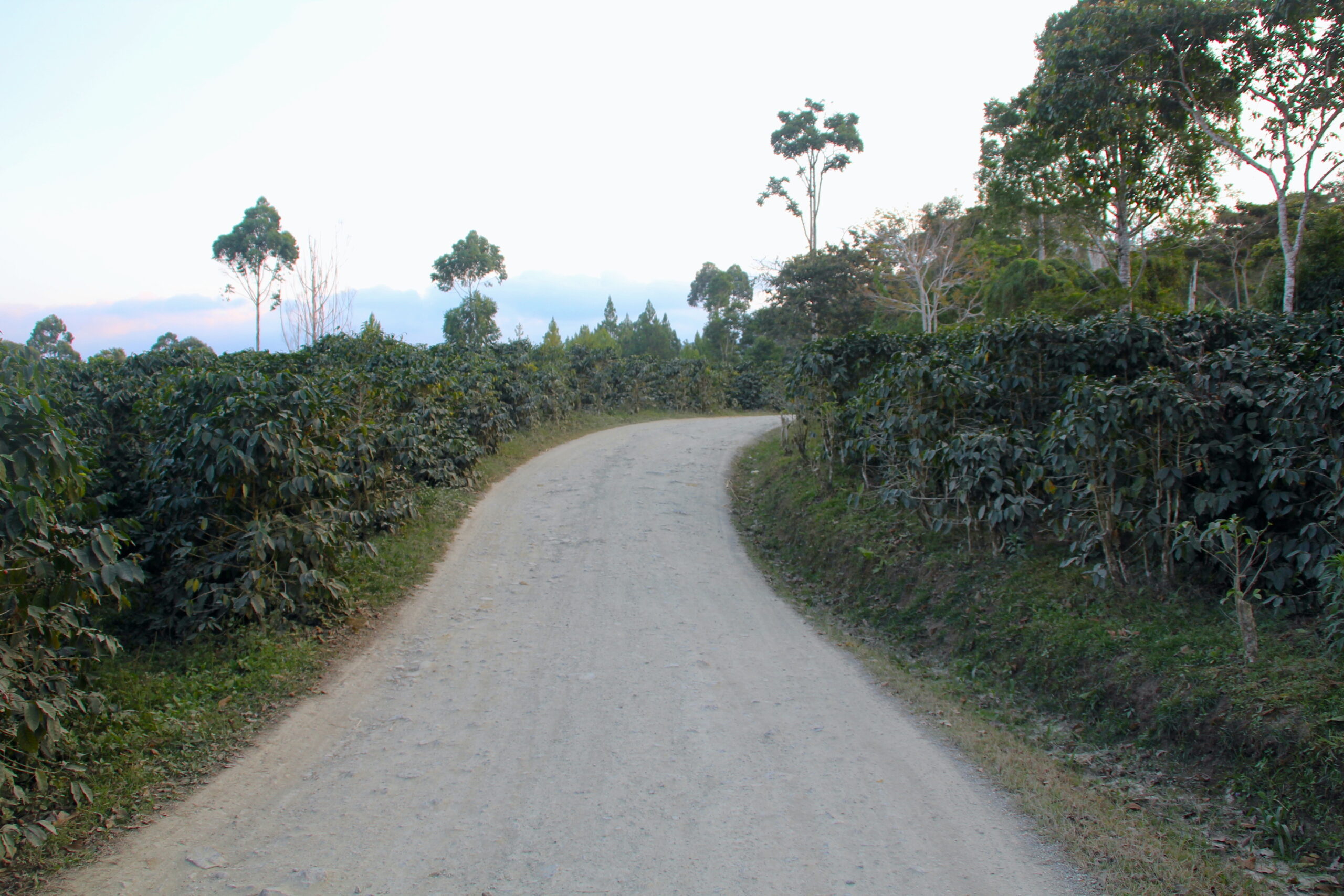The Colombian federal government has signed into action Conpes 4052, a nine-year roadmap for improvement of the Colombian coffee sector with $34,531 million Colombian pesos (approximately US$9.1 million, as of this writing) in designated funding.
The landmark agreement for the Colombian coffee sector was created by the Colombian National Council for Economic and Social Policy (Conpes) in collaboration with the Colombian Coffee Growers Federation (FNC) and numerous other federal agencies, including the ministries of agriculture, transportation and tourism.
The 73-page roadmap outlines Colombia’s prominent position as the world’s third-largest coffee-producing country (behind Brazil and Vietnam), second-largest arabica-producing country (behind Brazil), and largest global producer of washed arabica.
Coffee provides the primary source of income for more than 540,000 families in Colombia, with 96.5% of producers being small-scale farmers with five hectares or less, according to the FNC’s latest statistics.
Given the economic and social value of coffee to Colombia and its people, coffee is the only agricultural sector in the country with a Conpes roadmap.
Related Reading
- Colombian Coffee Lands Likely to Shift Given Current Practices, Research Suggests
- Progressive Colombian Coffee Brands Unite to Form Impact in Medellín
- Bees Give Coffee Plants a Bigger Boost than Previously Thought, Colombian Study Finds
The document constitutes a formal, government-funded policy designed to support the economic, social and sustainable growth of the country’s coffee sector and its producers, despite challenges such as volatile global market conditions and climate change.
Through the targeted funding, the plan aims to reduce future dependance on economic safety nets or emergency funding.
The Conpes roadmap, which will run through 2030 and follows a Conpes document first published in 2014, identifies four major strategic objectives tied to 11 specific courses of action, each with specific deadlines and implementing agencies.
In general, the objectives are: 1) to increase coffee productivity through cost-saving strategies, improved post-harvest processing infrastructure, coffee farm renewal, and improved water and shade management; 2) to stabilize farmer incomes through risk-management and savings tools; 3) improved marketing of green coffee to promote quality and capture more value among producers and domestically; and 4) to strengthen coffee supply chains through improved transportation and exportation plus increased digitization.
The complete document can be found here.







Comment